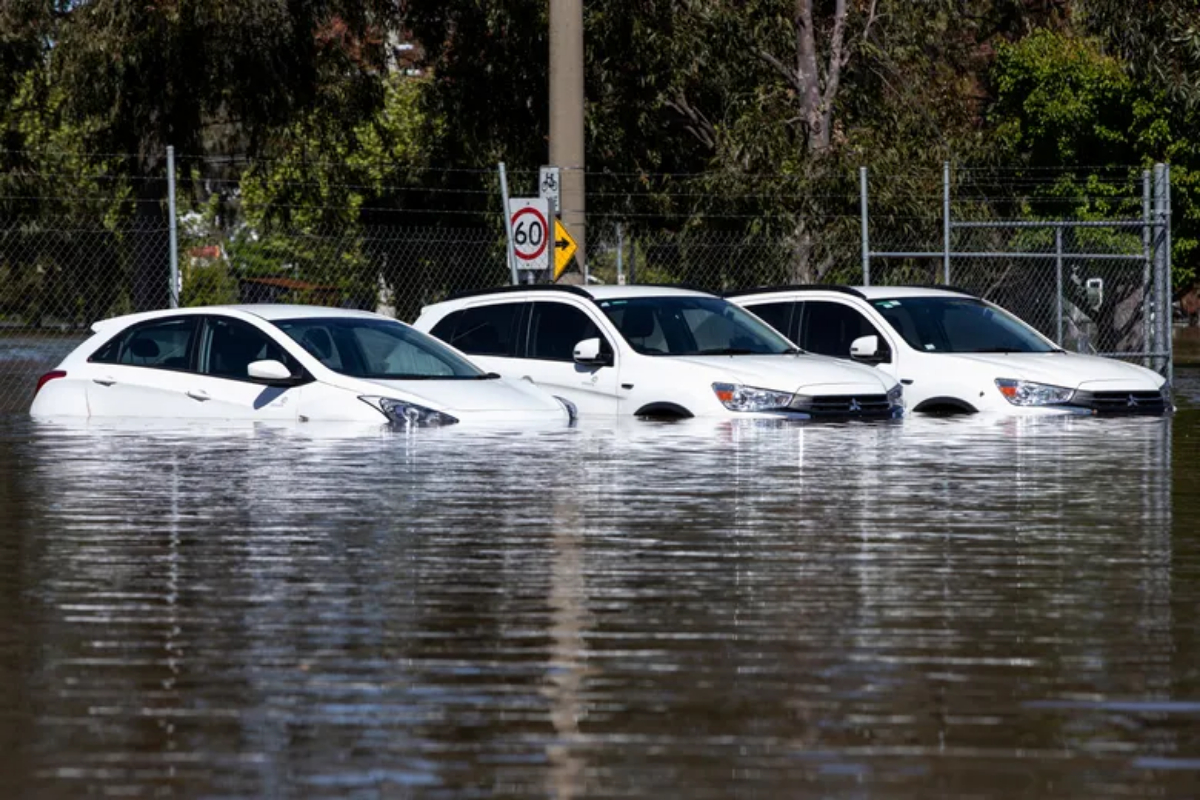- Ex-tropical cyclone Jasper has caused a year’s worth of rainfall in Queensland.
- One person is reported missing, and some towns have faced significant challenges.
- Authorities are ensuring urgent delivery of essential supplies, including medicine, to affected towns.
Severe weather, triggered by ex-tropical cyclone Jasper, has unleashed a year’s worth of rainfall in parts of Queensland, Australia. This extreme weather has led to record-level river swelling, causing widespread flooding, cutting off roads and power, and necessitating evacuations. Unfortunately, one person is reported missing.
In the aftermath of the extreme weather, some towns, including Wujal Wujal, have faced significant challenges. A failed initial evacuation attempt has prompted a renewed effort, with about 20 people airlifted from Wujal Wujal by military helicopter. Cook Shire Mayor Peter Scott mentioned that the evacuees appeared relieved upon landing in nearby Cooktown.
Wujal Wujal, with a population of around 300, is among several isolated communities experiencing shortages of food and water supplies. The situation is especially concerning for the elderly and vulnerable residents. The former mayor, Desmond Tayley, expressed “grave concerns” as the initial evacuation on Monday faced obstacles due to adverse weather conditions.
“Desperate” locals had started to “risk their lives” by traversing dangerous floodwaters in which six-meter crocodiles had been spotted, he said. “Being attacked by one of those, you never see someone again.”
The search continues for an 85-year-old man who went missing in Degarra on Sunday. Rescue efforts in the region have faced challenges due to the closure of Cairns Airport, which is expected to reopen soon. The intense rainfall has subsided, and river levels are gradually receding, providing a window for relief operations.
Authorities in Queensland are ensuring urgent delivery of essential supplies, including medicine, to towns in the affected region. As cleanup efforts begin, locals are cautioned about potential risks, such as water contamination and encounters with displaced wildlife.
Prime Minister Anthony Albanese, scheduled to visit the flood-affected areas later this week, has announced emergency payments for those impacted. Additionally, ongoing allowances will be provided to eligible individuals who have lost work due to the disaster. The focus is on addressing immediate needs and providing support for the affected communities during the recovery process.
“[There] will be some difficult days and weeks ahead. One of the things that I find though is that the worst of times brings out the best of the Australian character,” he said.
Many locals found themselves caught off guard by the unexpectedly heavy rainfall, expressing that they didn’t receive adequate warnings. However, Minister for Emergency Management Murray Watt defended the Bureau of Meteorology, stating that their weather tracking systems couldn’t have predicted the magnitude of the disaster. According to him, it was a “highly unpredictable weather system.”
Watt acknowledged the bureau’s diligent efforts, emphasizing that they provided crucial advice to emergency crews. Despite the scale of the event, he highlighted the remarkable fact that no lives or serious injuries had been reported so far.
In recent years, Australia has faced a series of challenges, including severe droughts, bushfires, record floods, and environmental issues like mass bleaching events on the Great Barrier Reef. These incidents have heightened concerns about the impact of climate change on the country.
[embedpost slug=”australia-announces-playing-xi-for-melbuorne-test-against-pakistan/”]




















